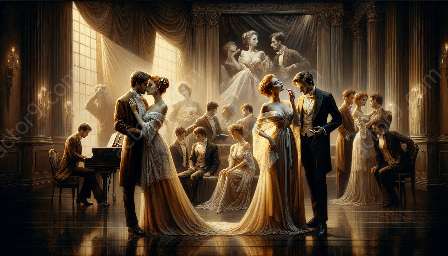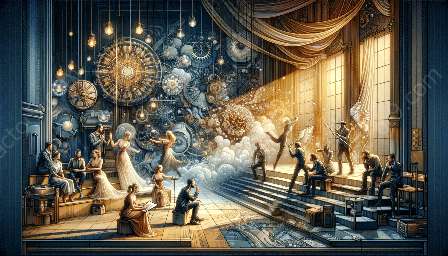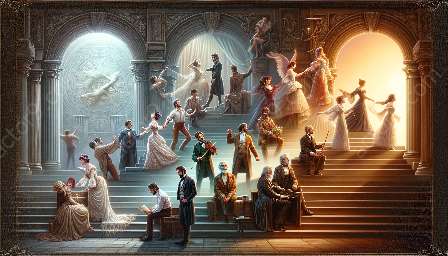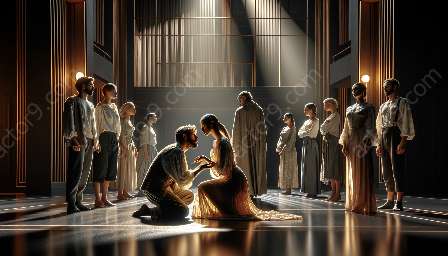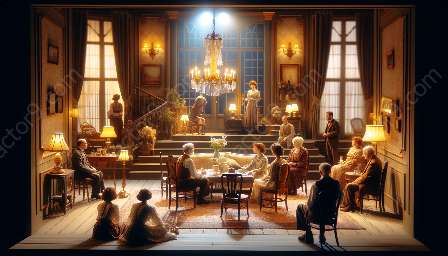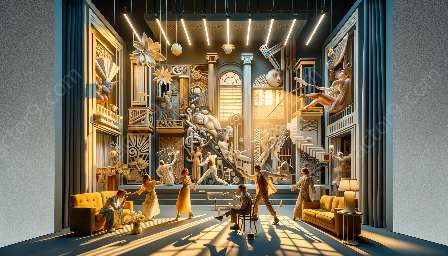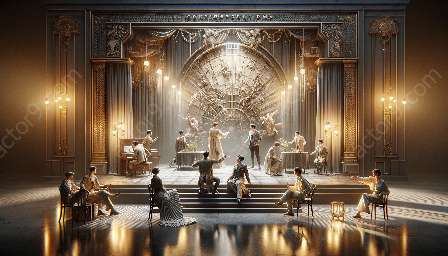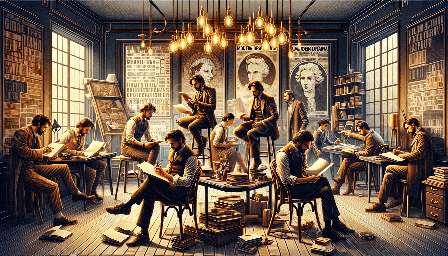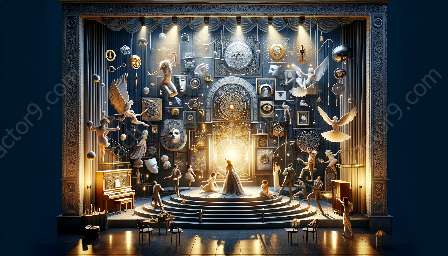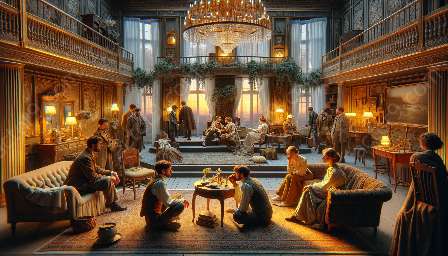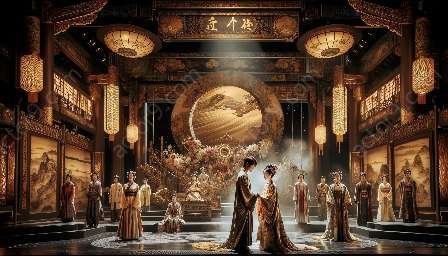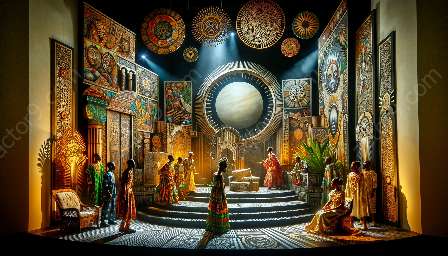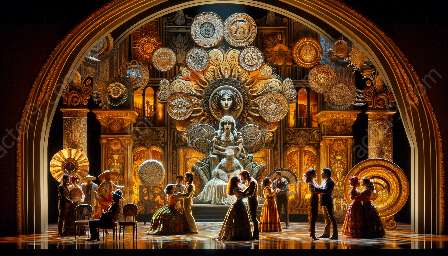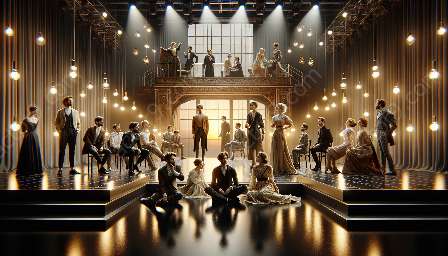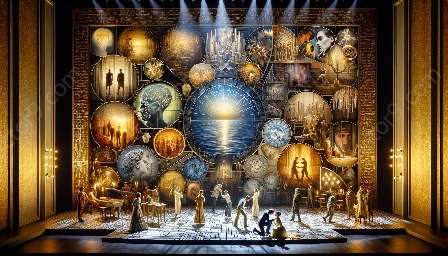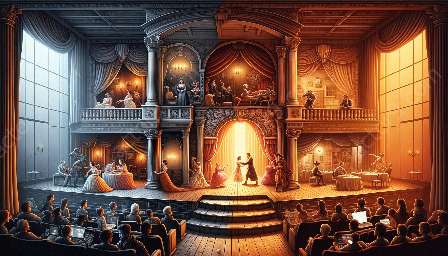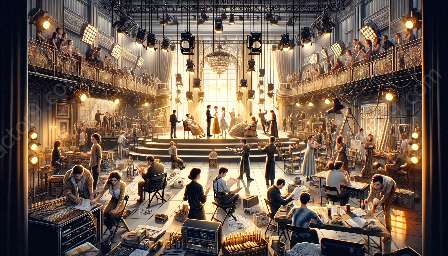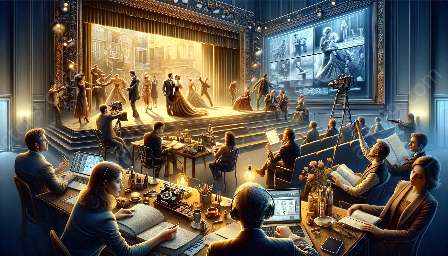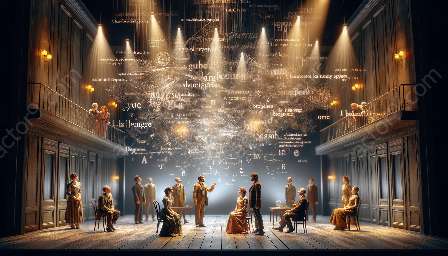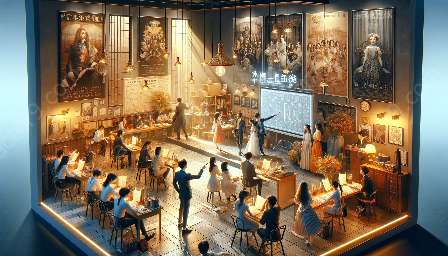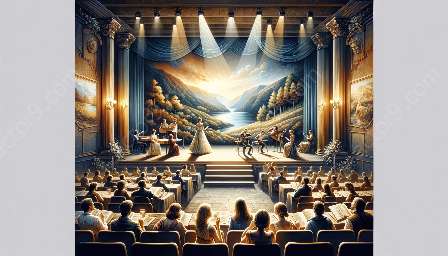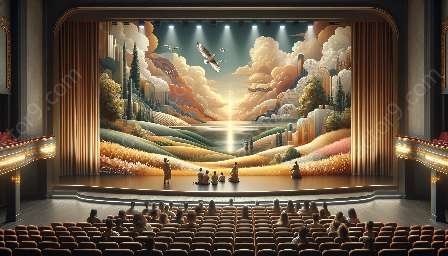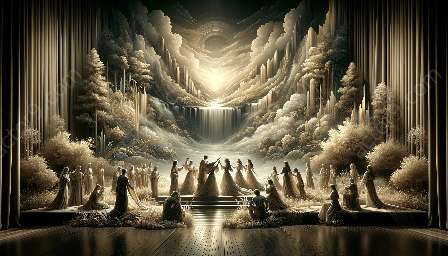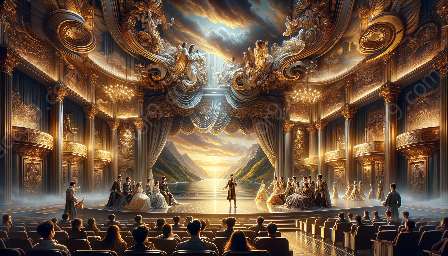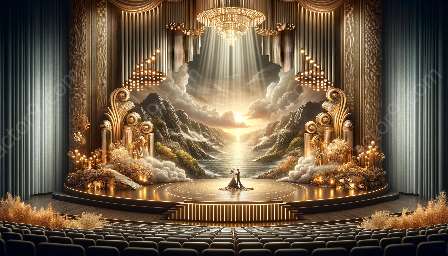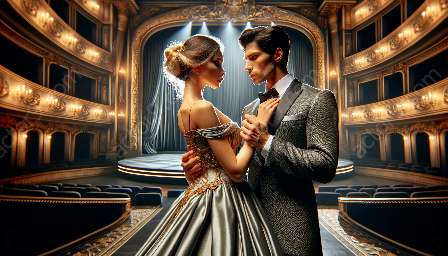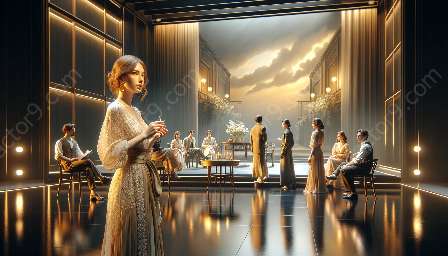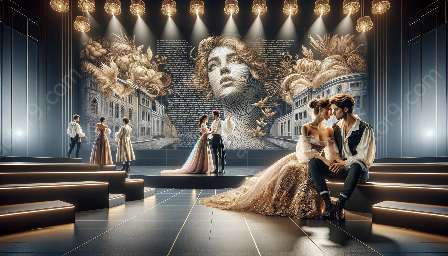Modern drama adaptations have brought a fresh perspective to the portrayal of gender roles and stereotypes, challenging traditional norms and offering more inclusive and diverse representations.
Introduction to Modern Drama Adaptations
Modern drama adaptations refer to the reimagination and reinterpretation of classic plays, novels, or stories in a contemporary context. These adaptations have become a platform for artists and creators to explore and question societal constructs, including gender roles and stereotypes. Through modern drama, artists can challenge, subvert, or redefine traditional gender representations, fostering a more nuanced and inclusive cultural landscape.
Unpacking Traditional Gender Roles and Stereotypes in Literature
Historically, literature and drama have often perpetuated stereotypical gender roles, portraying women as submissive, emotional, and nurturing, while men are depicted as strong, assertive, and dominant. These traditional portrayals have reinforced societal expectations and limitations placed on individuals based on their gender. However, modern drama adaptations have become a vehicle for reevaluating and reshaping these entrenched stereotypes.
Reimagining Classic Characters
In modern drama adaptations, classic characters are often reimagined and portrayed with a contemporary sensibility, challenging the traditional gender roles they originally embodied. For example, female characters may be given agency, complexity, and independence beyond their historical representations, while male characters may exhibit vulnerability, emotional depth, and empathy that defy traditional masculine stereotypes. This reimagination serves to empower and humanize characters irrespective of their gender, offering a more authentic and reflective depiction of individuals.
Exploring Gender Fluidity and Identity
Modern drama adaptations have also provided a platform for exploring gender fluidity and identity in compelling ways. By introducing non-binary, transgender, and gender-nonconforming characters, contemporary adaptations challenge the binary understanding of gender, prompting audiences to question and redefine their perceptions of gender roles and identities. This exploration fosters greater empathy and understanding, encouraging a more inclusive representation of diverse genders in dramatic storytelling.
Addressing Power Dynamics and Relationships
Another notable aspect of modern drama adaptations is the reexamination of power dynamics and relationships within the context of gender. These adaptations often critique and subvert traditional power structures, showcasing relationships that defy conventional gender roles. By portraying diverse and unconventional relationship dynamics, modern drama challenges established gender norms and fosters discussions about equality, consent, and mutual respect, ultimately reshaping societal perceptions of gender within the realm of interpersonal relationships.
Empowering Marginalized Voices
Moreover, modern drama adaptations have provided a platform for amplifying the voices of those historically marginalized based on their gender identity. By foregrounding narratives that center on the experiences of women, LGBTQ+ individuals, and other marginalized groups, these adaptations serve to challenge and disrupt the hegemony of traditional gender representations, offering a more inclusive and representative reflection of society.
Conclusion
Modern drama adaptations play a vital role in challenging traditional gender roles and stereotypes by offering alternative, diverse, and inclusive representations of gender in storytelling. Through reimagining classic works and introducing contemporary sensibilities, these adaptations foster critical dialogues, promote empathy and understanding, and contribute to the ongoing evolution of gender representations in the cultural landscape.

